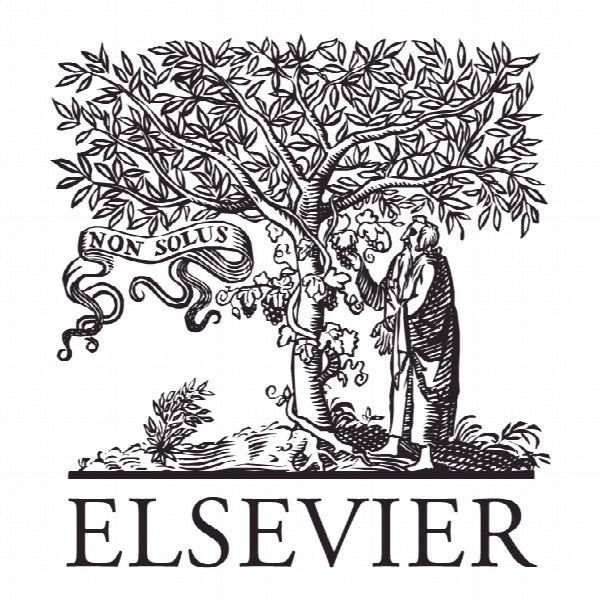مقیاس های جدید درصد خطای مطلق برای پیش بینی های تقاضای متناوب A new metric of absolute percentage error for intermittent demand forecasts
- نوع فایل : کتاب
- زبان : انگلیسی
- ناشر : Elsevier
- چاپ و سال / کشور: 2017
توضیحات
رشته های مرتبط مدیریت
مجله بین المللی پیش بینی – International Journal of Forecasting
دانشگاه آزمایشگاه تجزیه و تحلیل داده، سئول، کره جنوبی
نشریه نشریه الزویر
مجله بین المللی پیش بینی – International Journal of Forecasting
دانشگاه آزمایشگاه تجزیه و تحلیل داده، سئول، کره جنوبی
نشریه نشریه الزویر
Description
1. Introduction The mean absolute percentage error (MAPE) is one of the most popular measures of the forecast accuracy. It is recommended in most textbooks (e.g., Bowerman, O’Connell, & Koehler, 2004; Hanke & Reitsch, 1995), and was used as the primary measure in the M-competition (Makridakis et al., 1982). MAPE is the average of absolute percentage errors (APE). Let At and Ft denote the actual and forecast values at data point t, respectively. Then, MAPE is defined as: MAPE = 1 N N t=1 At − Ft At ,where N is the number of data points. To be more rigorous, Eq. (1.1) should be multiplied by 100, but this is omitted in this paper for ease of presentation without loss of generality. MAPE is scale-independent and easy to interpret, which makes it popular with industry practitioners (Byrne, 2012). However, MAPE has a significant disadvantage: it produces infinite or undefined values when the actual values are zero or close to zero, which is a common occurrence in some fields. If the actual values are very small (usually less than one), MAPE yields extremely large percentage errors (outliers), while zero actual values result in infinite MAPEs. In practice, data with numerous zero values are observed in various areas, such as retailing, biology, and finance, among others. For the area of retailing, Fig. 1 (Makridakis, Wheelwright, & Hyndman, 1998) illustrates typical intermittent sales data. Many zero sales occur during the time periods considered, and this leads to infinite or undefined MAPEs. There have been attempts to resolve this problem by excluding outliers that have actual values less of than one or APE values greater than the MAPE plus three standard deviations (Makridakis, 1993). However, this approach is only an arbitrary adjustment, and leads to another question, namely how the outliers can be removed. Moreover, the exclusion of outliers might distort the information provided, particularly when the data involve numerous small actual values. Several alternative measures have been proposed to address this issue. The symmetric mean absolute percentage error (sMAPE), proposed by Makridakis (1993), is a modified MAPE in which the divisor is half of the sum of the actual and forecast values. Another measure, the mean absolute scaled error (MASE), was proposed by Hyndman and Koehler (2006). The MASE is obtained by scaling the forecast error based on the in-sample mean absolute error using the naïve (random walk) forecast method, and can overcome the problem of the MAPE generating infinite or undefined values. Similarly, Kolassa and Schütz (2007) proposed that the mean absolute error be scaled by the insample mean of the series (MAE/Mean ratio) in order to overcome the problem of division by zero.


